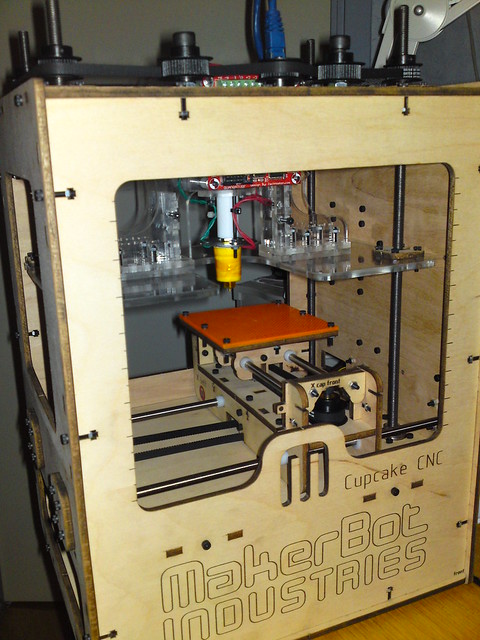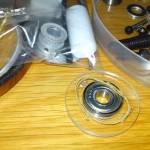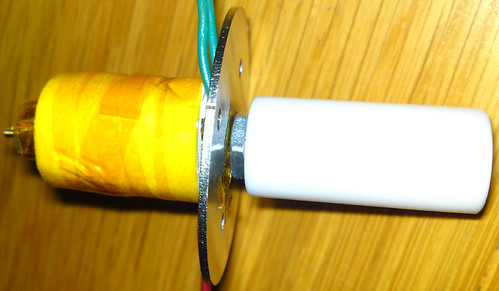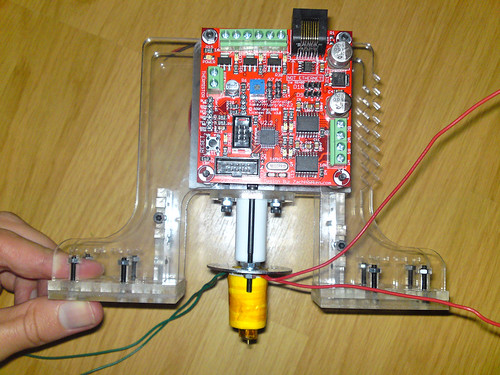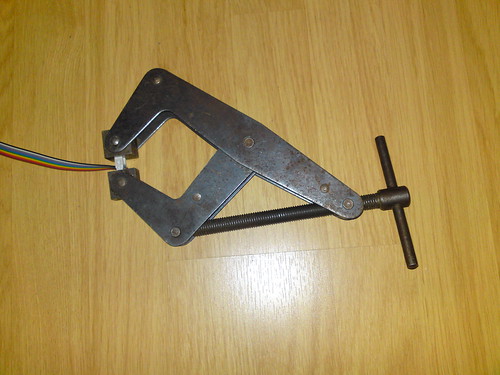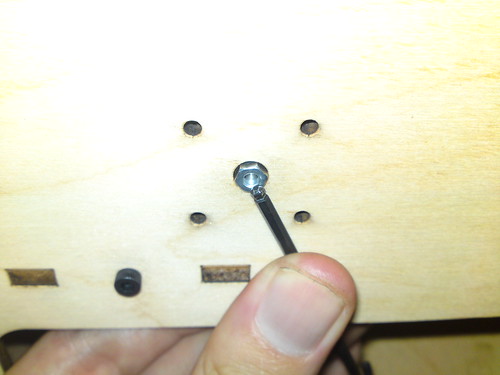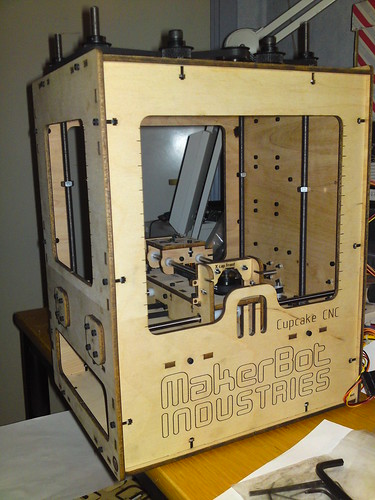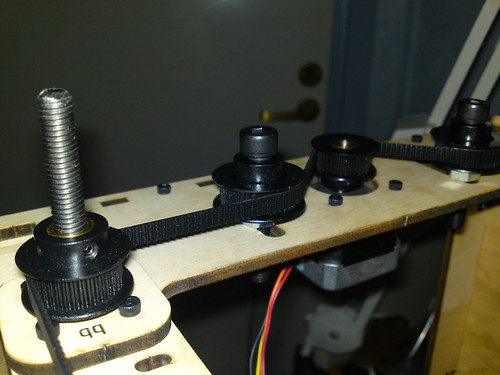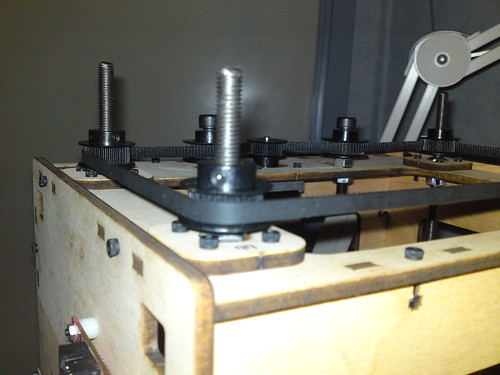This is a quick note on how to install OpenVPN as a Ethernet tunnel (not a bridge) on ubuntu 10.04
install
sudo apt-get install openvpn |
sudo apt-get install openvpn
Server Certificates
First, copy the easy-rsa directory to /etc/openvpn.
sudo mkdir /etc/openvpn/easy-rsa/
sudo cp -r /usr/share/doc/openvpn/examples/easy-rsa/2.0/* /etc/openvpn/easy-rsa/ |
sudo mkdir /etc/openvpn/easy-rsa/
sudo cp -r /usr/share/doc/openvpn/examples/easy-rsa/2.0/* /etc/openvpn/easy-rsa/
You may also wish to adjust permissions in the easy-rsa directory to allow the current user permission to create files.
sudo chown -R $USER /etc/openvpn/easy-rsa/ |
sudo chown -R $USER /etc/openvpn/easy-rsa/
Next, edit /etc/openvpn/easy-rsa/vars but make sure you adjust at least the following values to values make sense to you:
export KEY_COUNTRY="SE"
export KEY_PROVINCE="Blekinge"
export KEY_CITY="Karlskrona"
export KEY_ORG="My organization"
export KEY_EMAIL="vpnhelp@example.com" |
export KEY_COUNTRY="SE"
export KEY_PROVINCE="Blekinge"
export KEY_CITY="Karlskrona"
export KEY_ORG="My organization"
export KEY_EMAIL="vpnhelp@example.com"
Enter the following to create the server certificates:
cd /etc/openvpn/easy-rsa/
source vars
./clean-all
./build-dh
./pkitool --initca
./pkitool --server server
cd keys
openvpn --genkey --secret ta.key
sudo cp server.crt server.key ca.crt dh1024.pem ta.key /etc/openvpn/ |
cd /etc/openvpn/easy-rsa/
source vars
./clean-all
./build-dh
./pkitool --initca
./pkitool --server server
cd keys
openvpn --genkey --secret ta.key
sudo cp server.crt server.key ca.crt dh1024.pem ta.key /etc/openvpn/
Server Configuration
Lets start by copying the example config.
sudo cp /usr/share/doc/openvpn/examples/sample-config-files/server.conf.gz /etc/openvpn/
sudo gunzip /etc/openvpn/server.conf.gz |
sudo cp /usr/share/doc/openvpn/examples/sample-config-files/server.conf.gz /etc/openvpn/
sudo gunzip /etc/openvpn/server.conf.gz
Edit /etc/openvpn/server.conf changing (at least) the following options (change to values that make sense to you):
#Change the VPN subnet address to one that makes sense to you (and don't collide with any other net)
server 10.9.0.0 255.255.255.0
#If you wish the computers on the VPN to be able to connect to each other then uncomment
client-to-client
# You can uncomment this out on
# non-Windows systems.
user nobody
group nogroup
#If this is uncommented then a separate log will be written for OpenVPN (If both log lines are uncommented, then syslog is used)
log-append openvpn.log
#To enable per client configurations uncomment:
client-config-dir client-configs |
#Change the VPN subnet address to one that makes sense to you (and don't collide with any other net)
server 10.9.0.0 255.255.255.0
#If you wish the computers on the VPN to be able to connect to each other then uncomment
client-to-client
# You can uncomment this out on
# non-Windows systems.
user nobody
group nogroup
#If this is uncommented then a separate log will be written for OpenVPN (If both log lines are uncommented, then syslog is used)
log-append openvpn.log
#To enable per client configurations uncomment:
client-config-dir client-configs
Restart the VPN:
/etc/init.d/openvpn restart |
/etc/init.d/openvpn restart
If the server failed to start:
/etc/init.d/openvpn restart
* Stopping virtual private network daemon(s)...
* No VPN is running.
* Starting virtual private network daemon(s)...
* Autostarting VPN 'server' [fail] |
/etc/init.d/openvpn restart
* Stopping virtual private network daemon(s)...
* No VPN is running.
* Starting virtual private network daemon(s)...
* Autostarting VPN 'server' [fail]
Then you should check out the log (either syslog or the log you set in the config file) and solve the issues.
It should look like this:
/etc/init.d/openvpn restart
* Stopping virtual private network daemon(s)...
* No VPN is running.
* Starting virtual private network daemon(s)...
* Autostarting VPN 'server' [ OK ] |
/etc/init.d/openvpn restart
* Stopping virtual private network daemon(s)...
* No VPN is running.
* Starting virtual private network daemon(s)...
* Autostarting VPN 'server' [ OK ]

